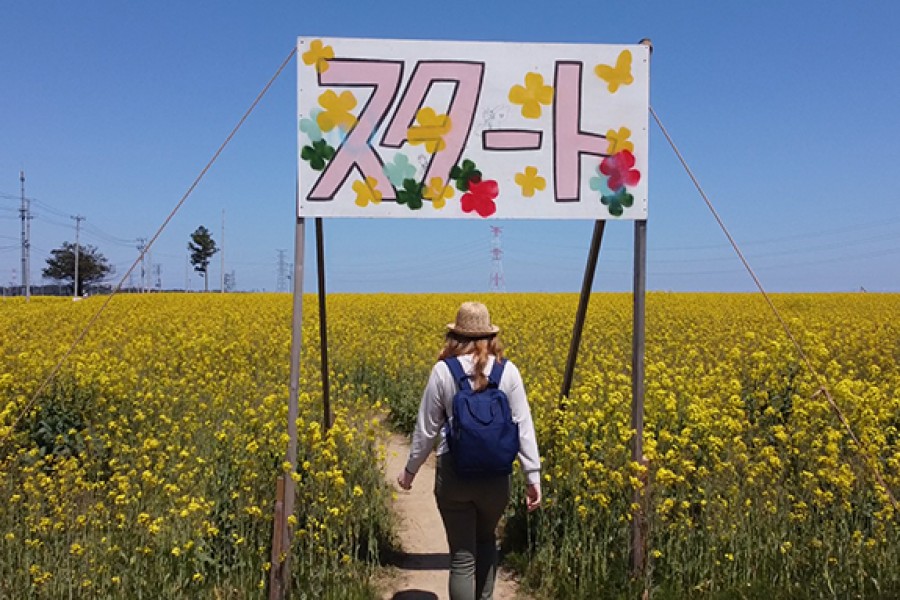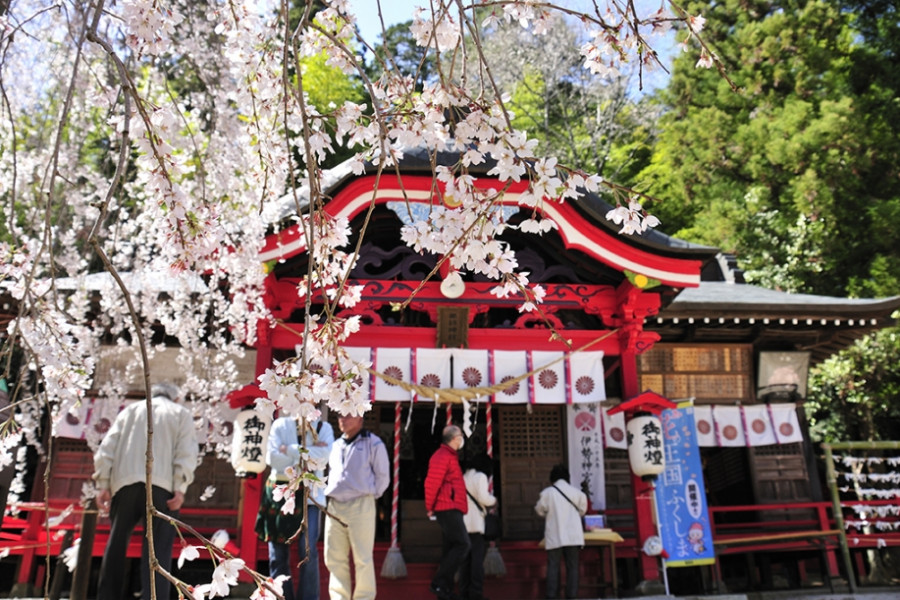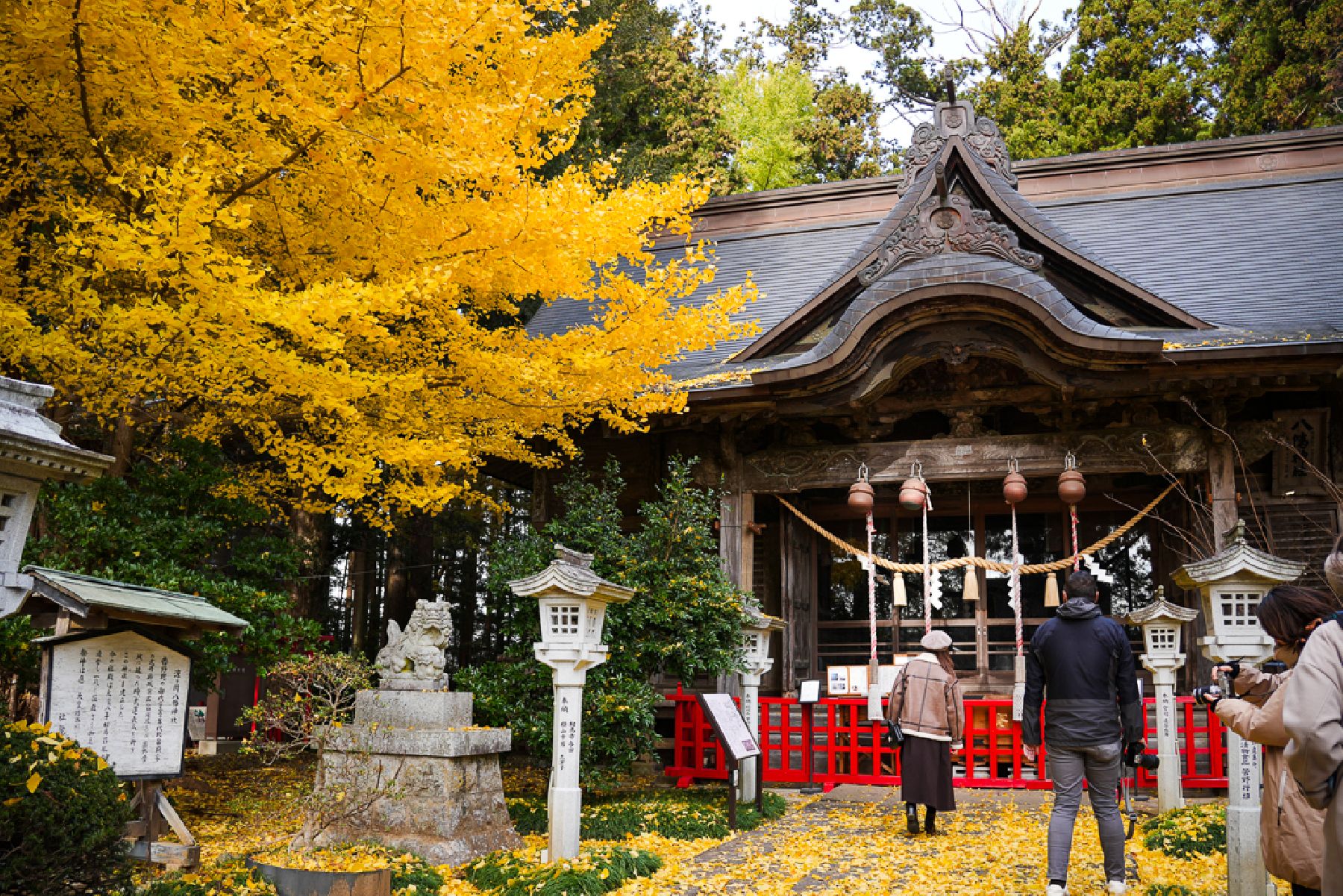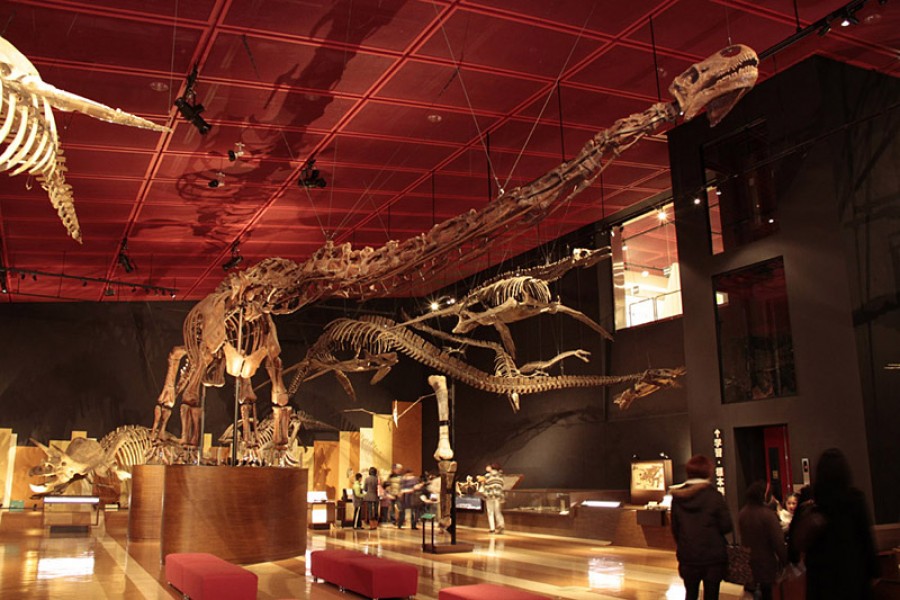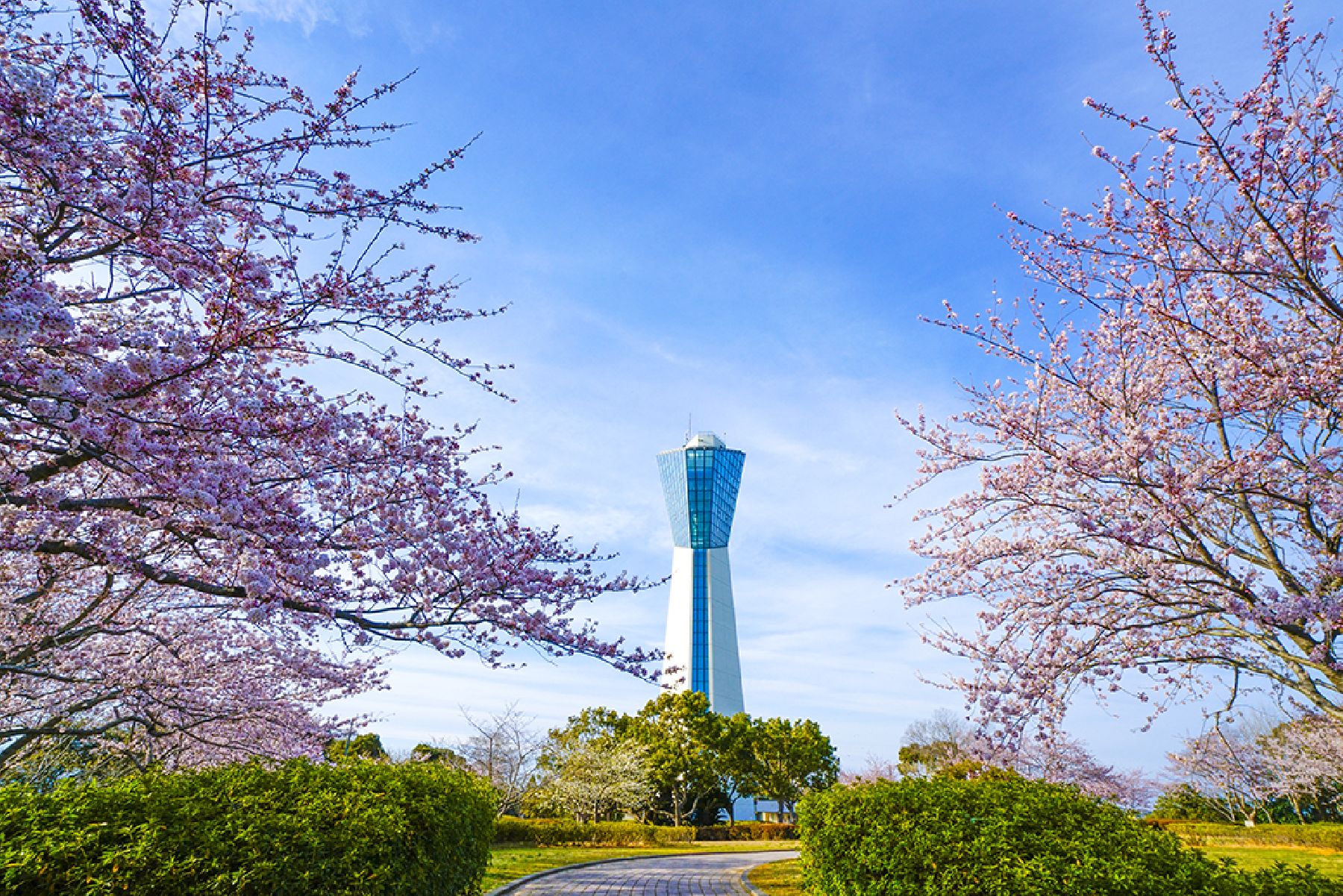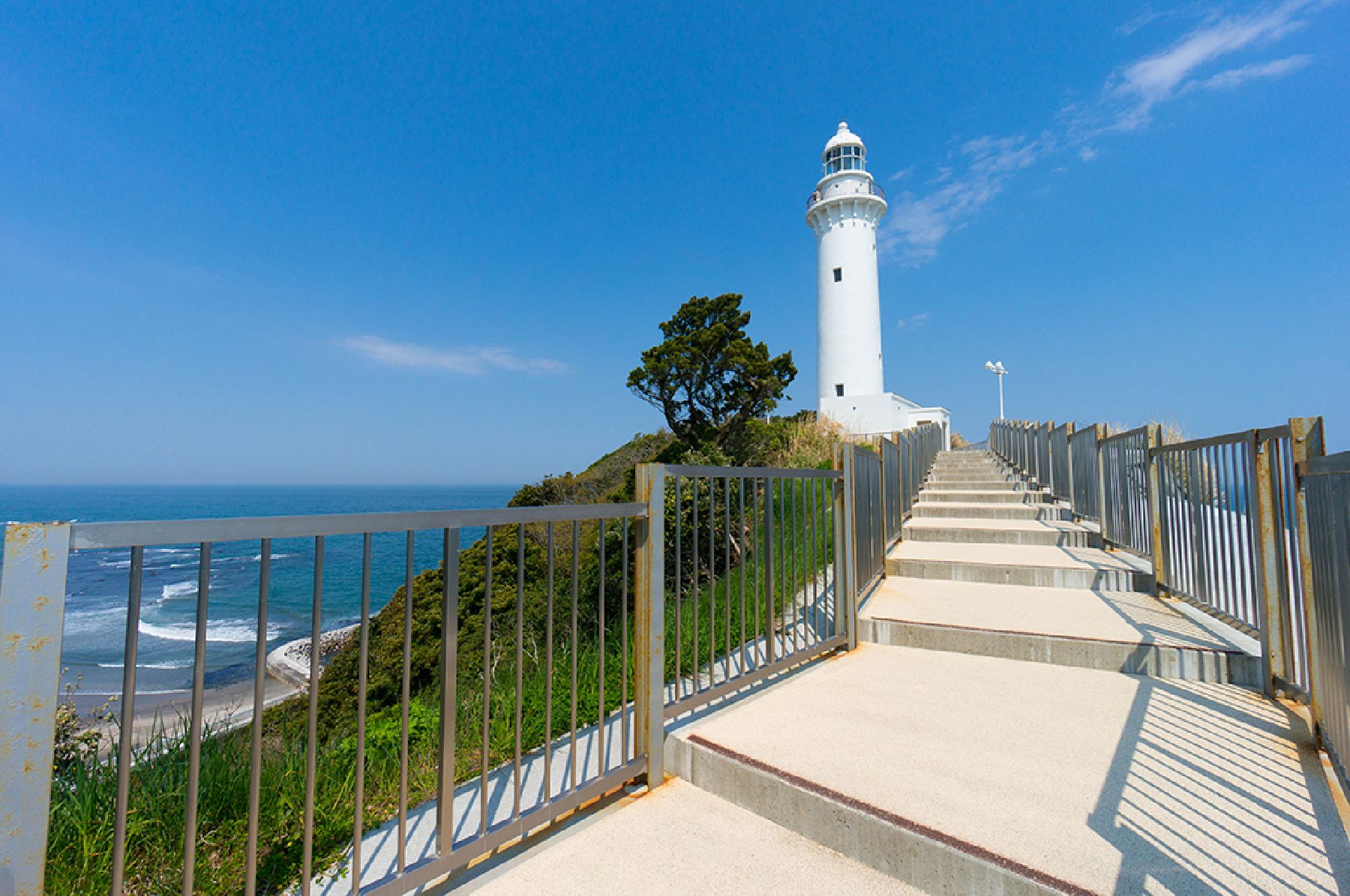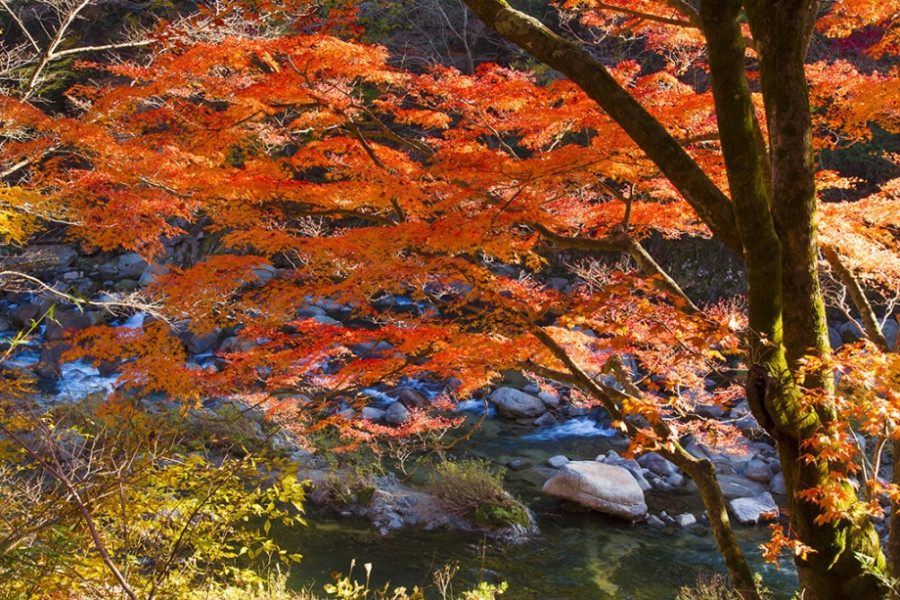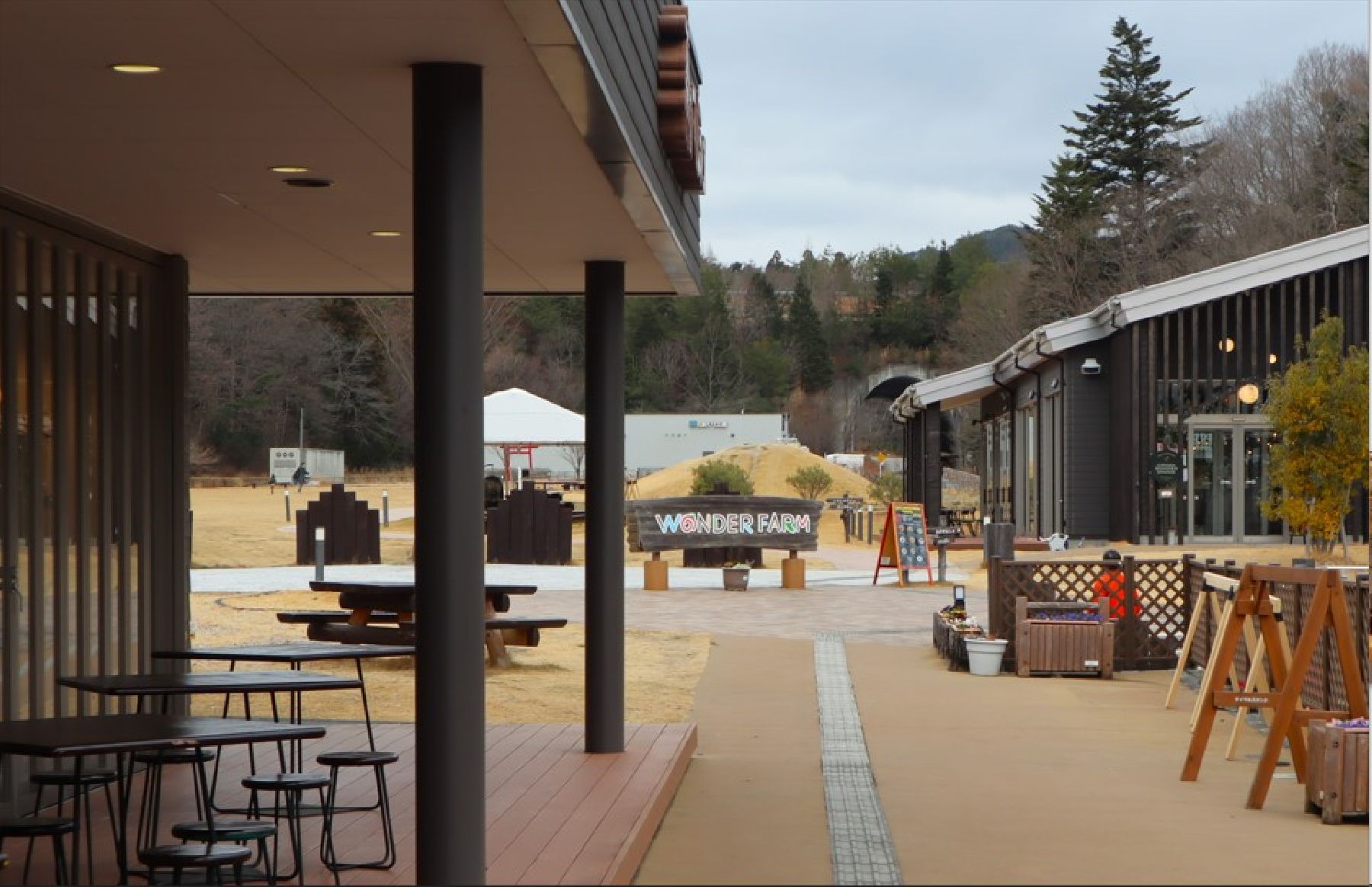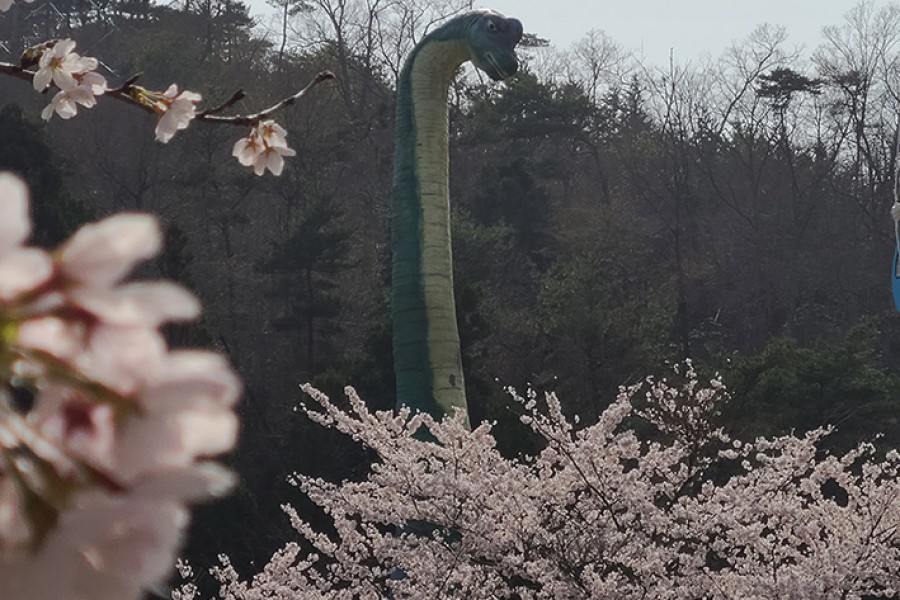
Kairyu no Sato Center Theme Park
Kairyu no Sato Center Theme Park is a dinosaur themed theme park in Iwaki city. Here there are three rides as well as some unique dinosaur statues including a huge long-necked dinosaur. Around late March to early April is the best time to visit if you want to see the unique sight of dinosaurs surrounded by cherry blossoms. Iwaki is well known for its excavation of fossils and most notably the discovery of the Futabasaurus dinosaur. You can learn more about the mining history of Iwaki at the Horuru: Iwaki Coal and Fossil Museum.
